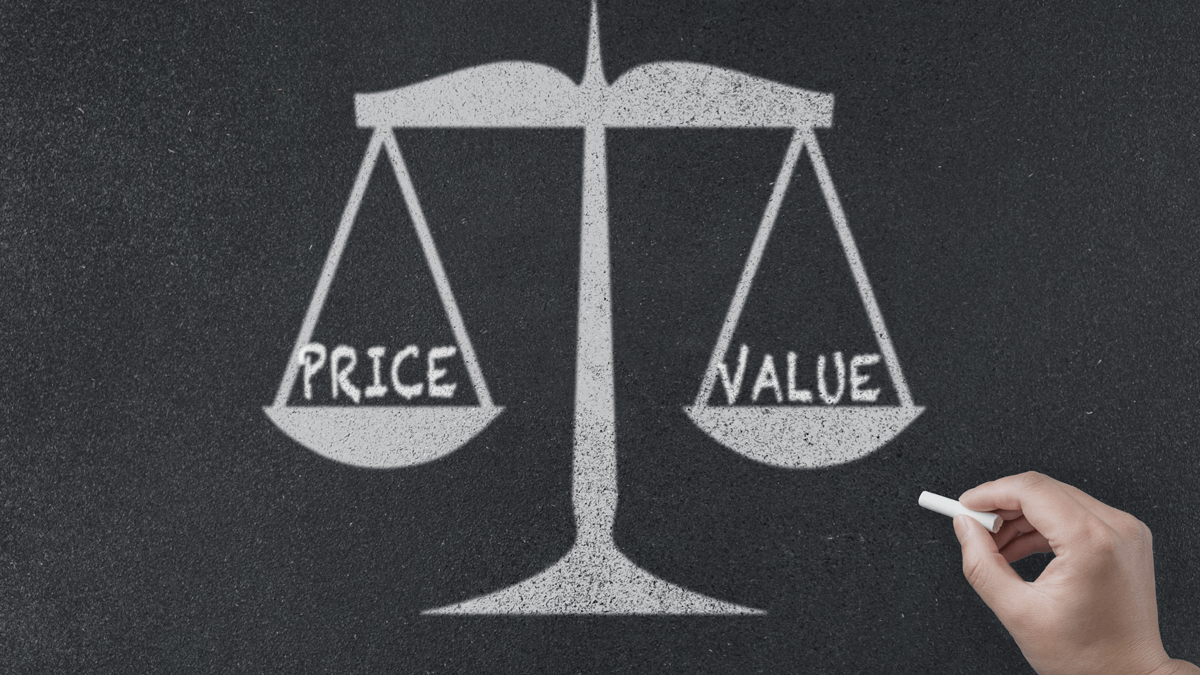You can miss an important customer need… pursue the wrong need… over-design and add unneeded costs… measure customer success the wrong way… overlook a competing alternative… over-estimate what customers will pay… under-value your product… use improper messaging. So many chances to err. Fortunately, B2B producers can use a “science” to avoid all of these.
More in article, How to Avoid New-Product Commercial Risk
B2C employees (e.g. Apple engineers) are consumers themselves, so they have high typical customer insight… but low potential insight, since consumers can’t easily predict what will entertain them. The gap between typical and potential insight when serving knowledgeable B2B customers is much larger. This is your competitive edge if you close the gap before competitors.
More in white paper, Catch the Innovation Wave (page 13).
We asked this question of new-product teams that had conducted a total of 875 B2B-optimized customer interviews. 96% said these interviews would have a moderate, significant or great impact on their company’s organic growth rate. Only 4% said the impact would be “slight.” About the same amount also felt such interviews would positively impact their company’s culture.
More in white paper, Guessing at Customer Needs (page 10).
Do you plan to grow faster than the markets you serve? Well so do your competitors. How will you win while they lose? Smarter R&D… more persuasive marketing… harder working sales? Can you think of even one unassailable competitive advantage? This series explores the answer for B2B companies today.
More in research paper, What Drives B2B Organic Growth
Many B2B suppliers consider competitive pricing as they plan new-product pricing. Or worse, cost-plus pricing. Both are irrelevant if you deliver real value to customers… not a “me-too” product. Competitive pricing just helps you judge initial customer reaction, and cost-plus just sets the pricing floor. Neither tells you what customers will pay. For that, you need customer-value pricing.
More in article, New Product Pricing: Capturing Freshly Created Customer Value
Most sales professionals are rewarded for one thing. Selling. This year. But if you want to sell a lot more in 2-3 years, better learn today what customers really want. Who better to do this than the people you’re paying to meet with customers daily? Perhaps future companies will unleash sales-and-learning pros… not just sales pros.
Learn more about B2B innovation at theaiminstitute.com





